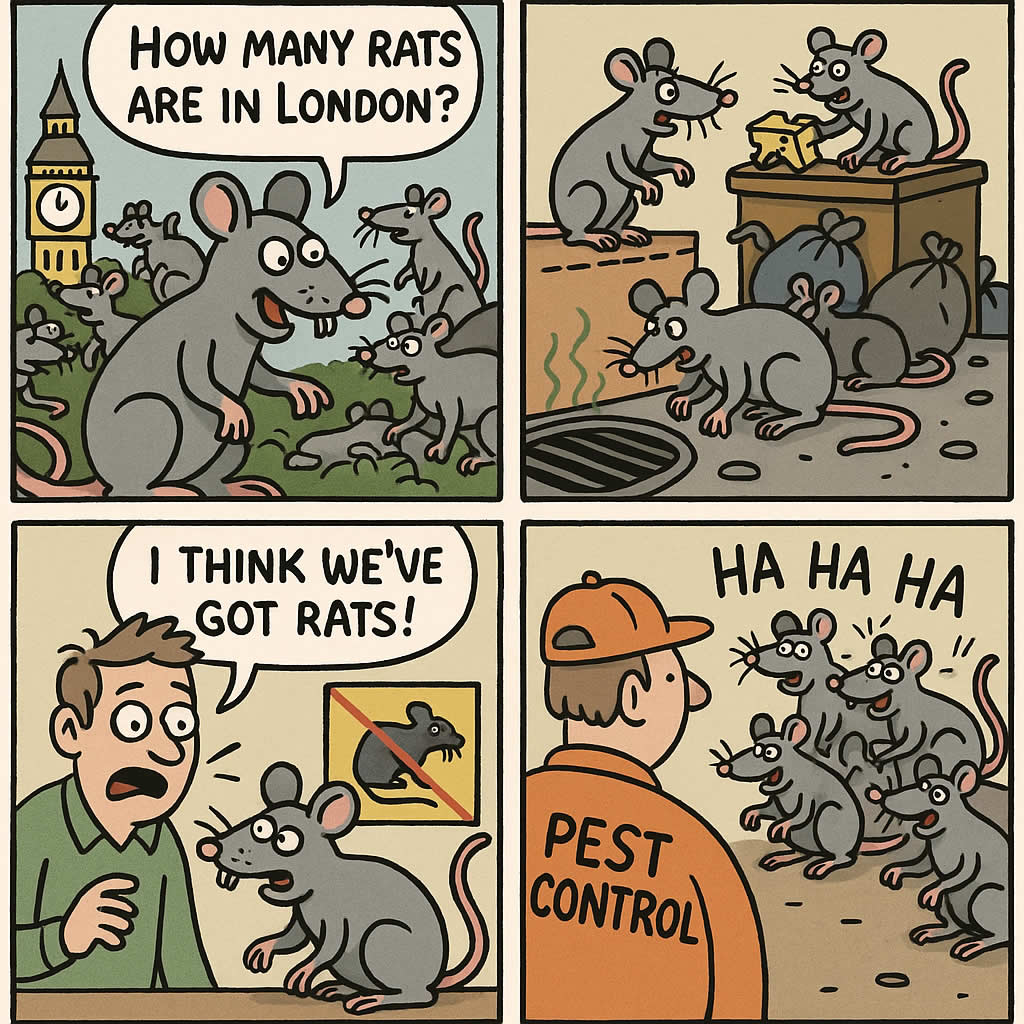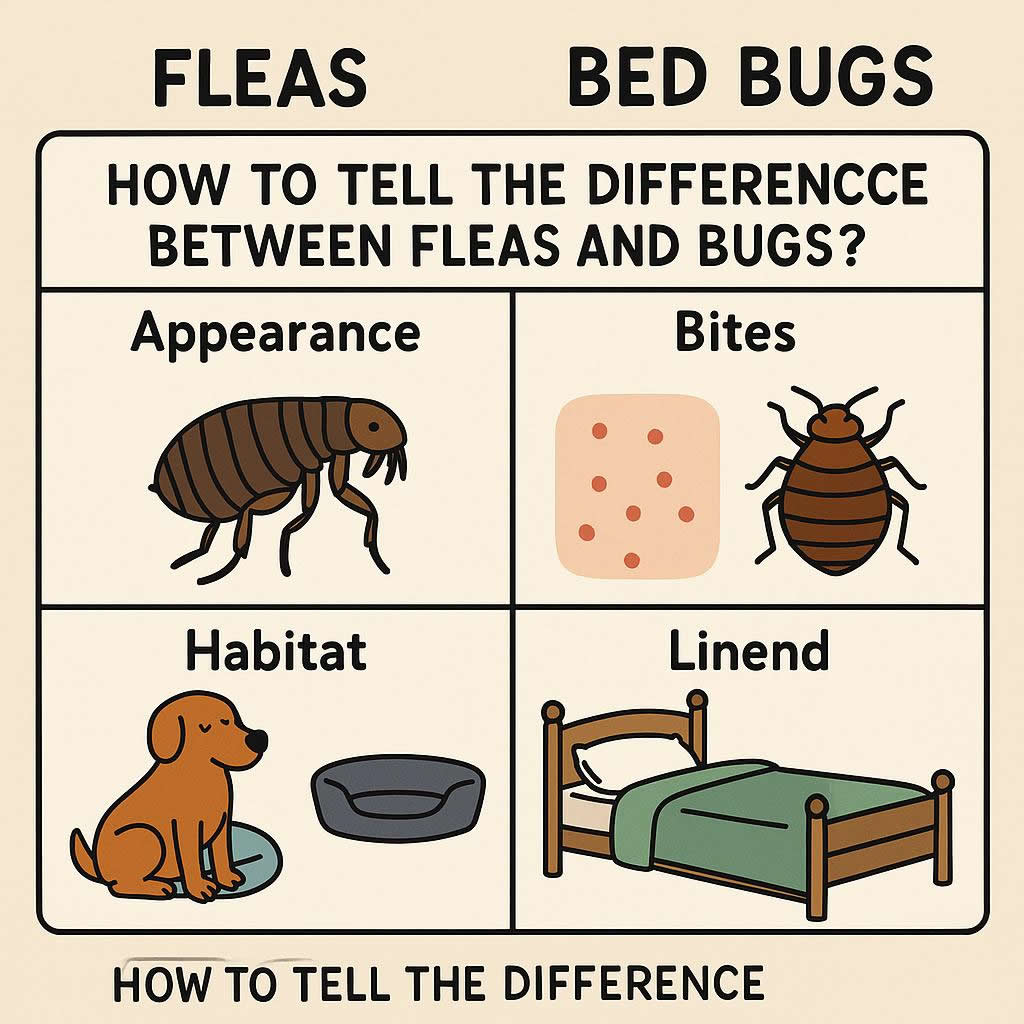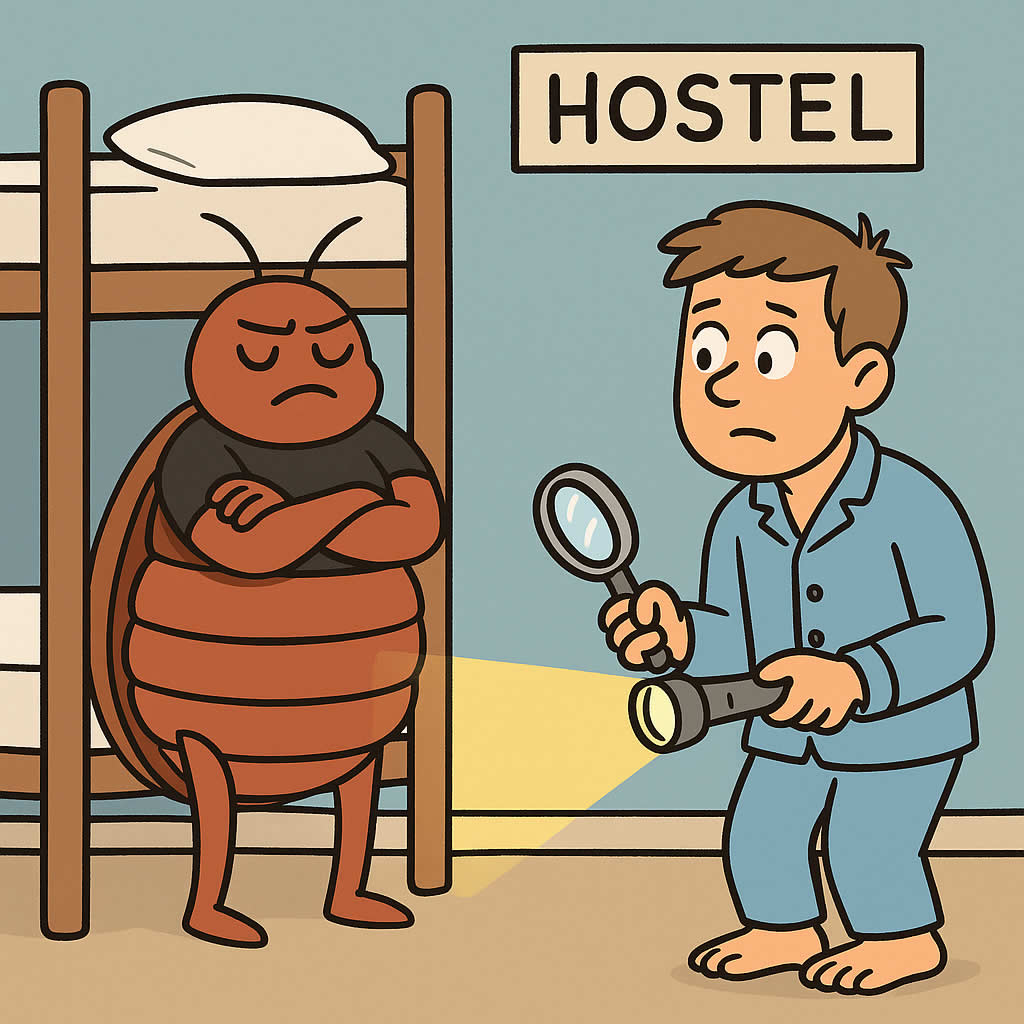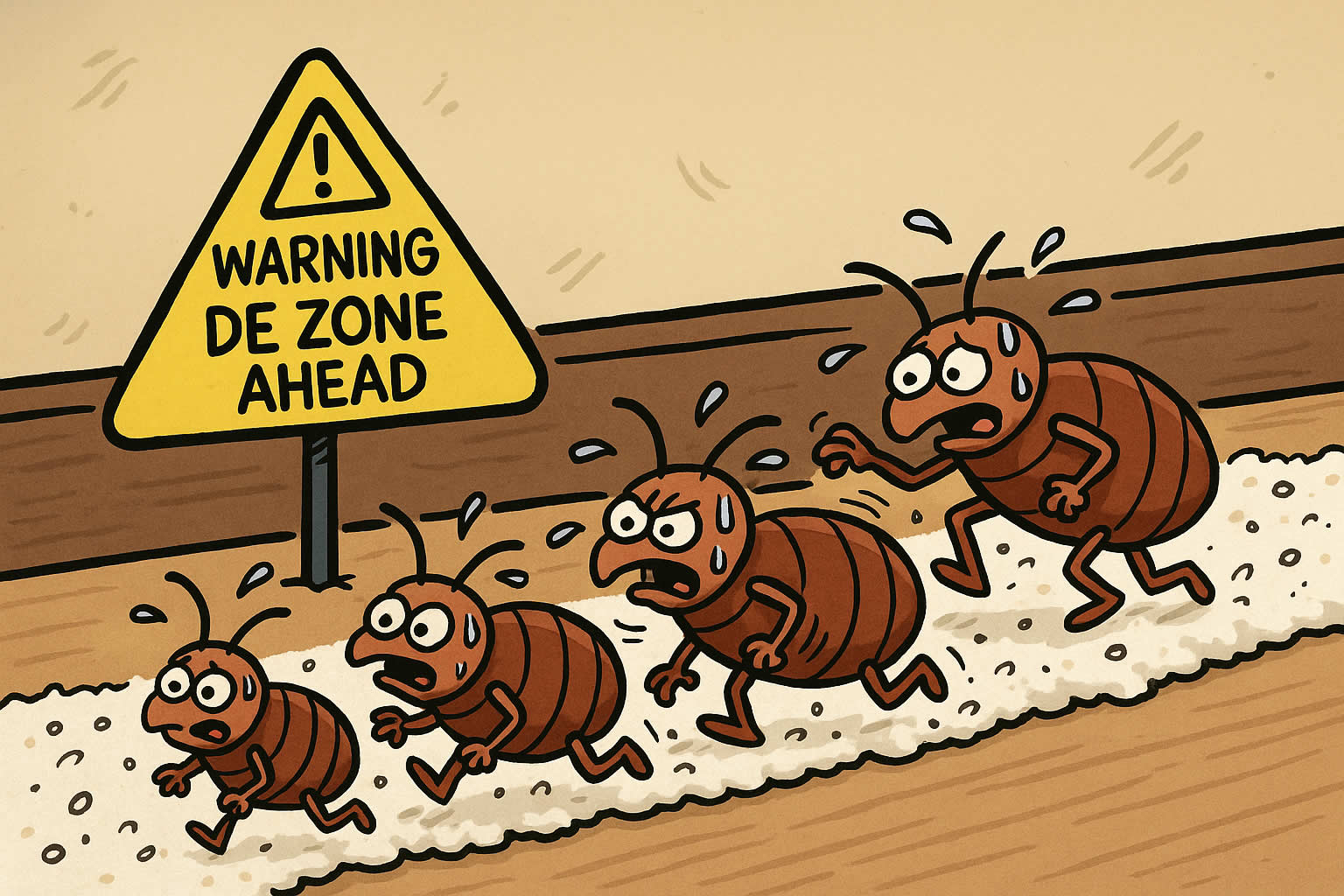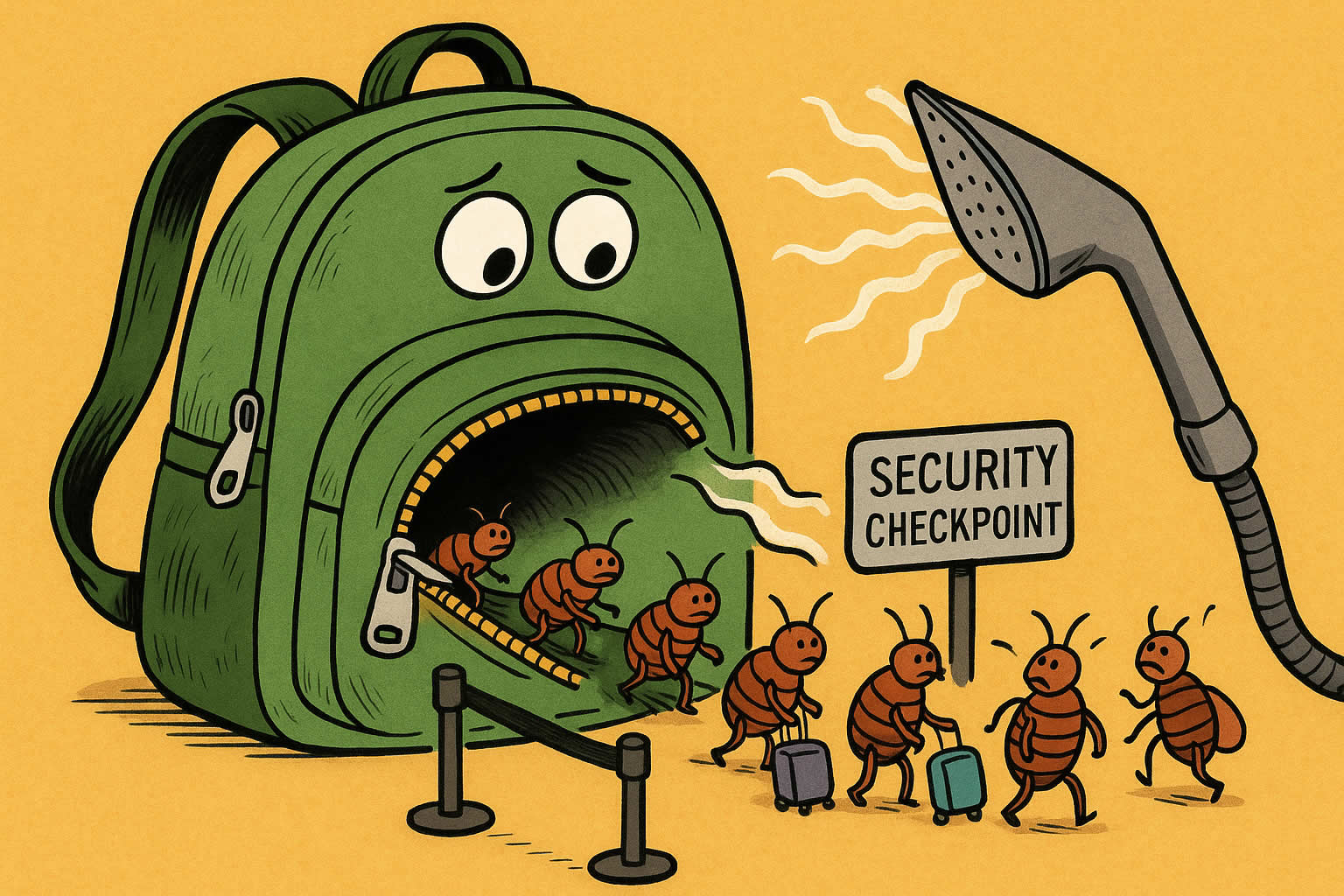Related Queries
ToggleIf you’ve ever walked around London late at night, you might have noticed a shadow darting along the edges of the pavement or rustling in the bushes. It’s no secret that London has a rat problem. But have you ever wondered just how many rats there are in this vast city? The answer isn’t straightforward, but it’s a question worth exploring. Let’s take a closer look at the rat population in London, how it’s estimated, and why it’s such a persistent issue.
Why Are There So Many Rats in London?
London is a perfect place for rats. With its dense population, constant food supply, and network of underground tunnels, it’s like a paradise for these rodents. Here’s why they thrive in the city:
- Food and Waste: London’s millions of residents and tourists generate a lot of waste. Overflowing bins, littered streets, and scraps left behind make it easy for rats to find food.
- Sewers and Tunnels: London’s underground network of sewers, tube tunnels, and basements provide perfect shelter for rats. These dark, damp spaces are ideal for nesting.
- Mild Climate: London’s relatively mild winters mean that rats can survive year-round without too much difficulty.
- Construction and Demolition: As London constantly evolves, with new buildings going up and old ones coming down, rats are disturbed and forced to find new homes, often above ground.
How Are Rat Numbers in London Estimated?
So, how do we even begin to count the number of rats in London? It’s not as if you can line them all up and count them one by one. Instead, experts use a few methods to estimate the population:
Surveys and Monitoring
Pest control companies, local councils, and independent researchers conduct regular surveys in different areas of the city. They look for signs of rat activity, such as droppings, nests, burrows, and sightings. These observations help them understand which areas have the highest rat populations.
Population Multipliers
One common method is to use a population multiplier. In the past, a popular estimate was that there is one rat for every person in a city. For London, with over nine million people, this would mean around nine million rats. But experts now believe this is an outdated method and that the actual number could be much lower or higher, depending on conditions.
Sewer Inspections
Because rats are known to thrive in sewers, regular sewer inspections can provide a good indication of their population. London’s sewer network is vast, and rat sightings or infestations in sewers are recorded to help track their numbers.
Reports of Infestations
Data from pest control companies and council complaints can give an idea of where rat problems are most severe. If a certain area has a high number of rat-related complaints, it’s likely that the rat population is high there.
So, How Many Rats Are in London Right Now?
There’s no single answer, but estimates generally suggest anywhere between two million and twenty million. That’s a huge range, but it reflects the difficulty of counting a population that lives largely out of sight.
The exact number can change depending on several factors:
- Season: Rat populations tend to rise in the spring and summer when there’s plenty of food.
- Waste Management: Areas with poor waste control are likely to have more rats.
- Construction Work: As mentioned, new developments can disturb rat nests, pushing them to new areas.
- Weather: Extreme weather, like floods, can drive rats out of sewers and into streets and homes.
Are Certain Areas of London More Infested?
Yes, some parts of London are known for having higher rat populations than others. Generally, areas with a lot of restaurants, fast food outlets, and dense housing tend to have more rats because there’s more waste for them to feed on. The following areas have been highlighted as having high rat activity:
- Central London: Due to the concentration of restaurants, shops, and constant human traffic.
- East London: Known for its dense housing, markets, and industrial areas.
- Near Railway Stations: Rats love the warmth and shelter of railway tunnels.
- Riverside Areas: The Thames provides plenty of hiding places, and riverside bins are often a target.
But even quieter residential areas are not immune. If there’s a food source, there will be rats.
What Are the Signs of Rats in Your Area?
If you’re in London and you’re worried about rats, here are a few signs that might mean you have them nearby:
- Droppings: Small, dark, and pellet-shaped droppings.
- Gnaw Marks: Rats have to chew constantly to keep their teeth sharp, so you might see gnaw marks on wood, cables, or food packaging.
- Scratching Noises: At night, you might hear scratching or scurrying sounds, especially if rats are in your walls or ceiling.
- Burrows: Rats can dig tunnels along walls, under sheds, or in overgrown areas.
- Footprints: In dusty areas, you might see tiny footprints or tail marks.
Why Are Rats a Problem in London?
Rats aren’t just an unpleasant sight. They can cause serious problems:
- Health Risks: Rats can carry diseases like leptospirosis, salmonella, and hantavirus, which can be dangerous to humans.
- Property Damage: They gnaw on wires, pipes, insulation, and furniture, which can lead to fires, leaks, and other expensive repairs.
- Contamination: They can contaminate food and surfaces with their droppings and urine.
What Is Being Done About London’s Rat Problem?
The good news is that the problem isn’t being ignored. London’s councils have pest control teams that deal with infestations in public areas. Many also offer pest control services to residents at a reduced rate. Some of the measures include:
- Regular Sewer Baiting: Poison bait is placed in sewers to control rat populations underground.
- Public Awareness Campaigns: Educating residents and businesses about proper waste management can help reduce food sources for rats.
- Inspections: Regular checks in areas known to have high rat activity.
- Collaboration with Pest Control Companies: Private pest control firms also play a big role in tackling the problem.
How Can You Keep Rats Away from Your Home?
If you live in London, there are a few things you can do to scare rats away:
- Secure Your Bins: Make sure your rubbish bins are closed and don’t leave bags of waste outside.
- Keep Food Away: Don’t leave food out overnight, especially in your garden.
- Seal Entry Points: Check your walls, doors, and windows for any gaps rats could use to get inside.
- Clean Regularly: Keep your home clean, especially areas where food is stored or prepared.
- Call Pest Control: If you suspect you have rats, don’t wait. Contact a professional to deal with the problem.
Final Thoughts
London has a rat problem, but it’s not unique. Any large, busy city with lots of people, food, and hidden spaces will have rats. Understanding how rats live, where they thrive, and how their population is estimated can help you stay prepared.
Whether it’s two million or twenty million, one thing is certain – rats are part of London’s urban life. But with a bit of awareness and action, you can keep them from becoming a problem in your home.
Pest Control Leagrave – Pest Control Milton Bryan – Pest Control Wyboston
